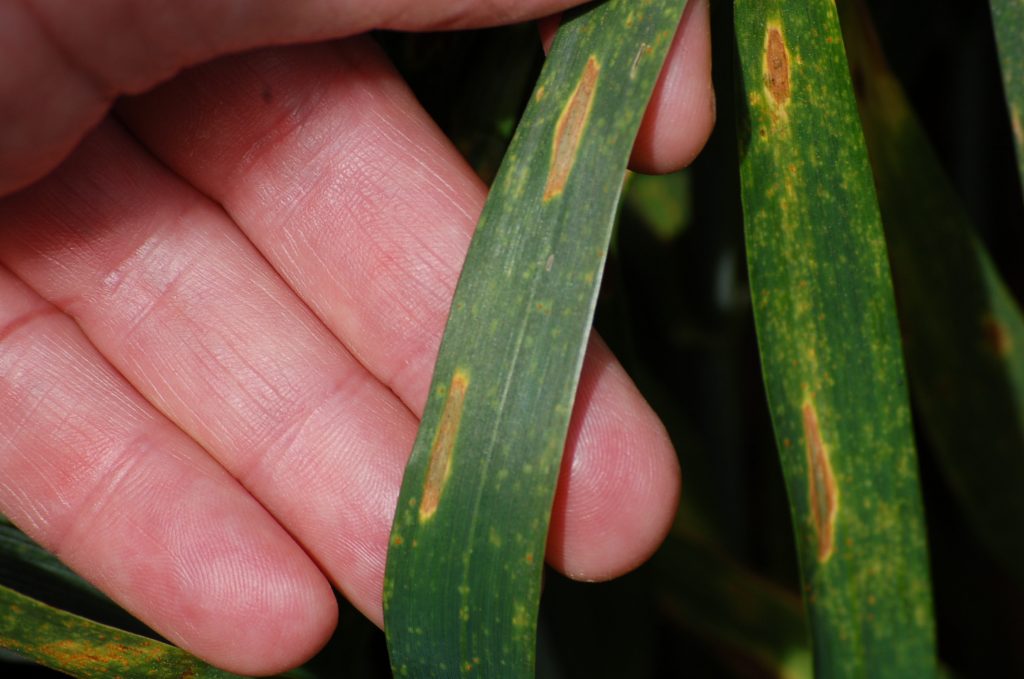A quarter of UK septoria isolates carry SDHI mutations
29th March 2018
According to early season monitoring work co-funded by AHDB, 26 per cent of all isolates gathered and tested carried an SDHI mutation.
The frequency of septoria tritici isolates with mutations that confer reduced sensitivity to SDHIs continues to increase at UK sites.
According to early season monitoring work co-funded by AHDB, 26 per cent of all isolates gathered and tested carried an SDHI mutation. This compares to 15 per cent and 0 per cent of all isolates tested in a similar period during 2017 and 2016, respectively.
Collected from 22 commercial and trial sites across England, Wales and Scotland, the ADAS-led work also shows the frequency of such mutations is highly variable across the UK.
In 2018, SDHI mutation frequency ranged from zero per cent at one site to 48 per cent of isolates carrying detectable mutations at another.
Isolates containing the highly SDHI-resistant C-H152R mutation were not detected at any site in 2018, indicating it is only present at a very low level at the start of this season.
Paul Gosling, who manages AHDB’s fungicide resistance work, said: “Despite the variability in the monitoring data, a clear trend can be seen: SDHI mutation frequency is increasing in UK septoria populations. We’ve also seen examples of double mutants starting to appear.
“The increase is not rapid, however, and it’s good we’ve not yet seen highly resistant septoria isolates with low fitness costs. It means the battle against SDHI resistance in septoria is far from lost and growers need to keep on with strong anti-resistance measures in their fungicide programmes.”
Experience from Ireland in 2017 shows that moderately resistant septoria isolates, at similar frequencies to those found in the UK, can be managed using robust rates of azole and a multisite, alongside SDHIs. This approach not only gives better septoria control but has been shown repeatedly in trials to slow the spread of resistant isolates.

